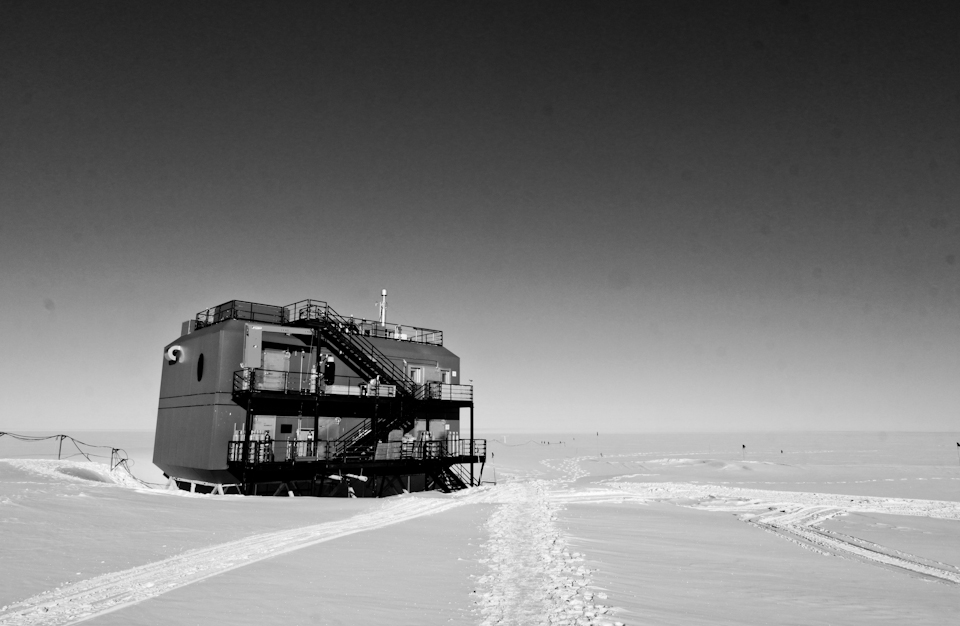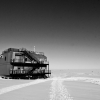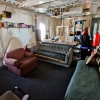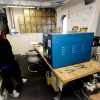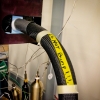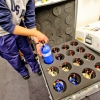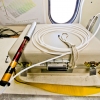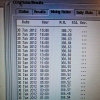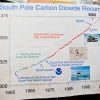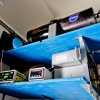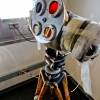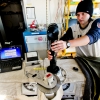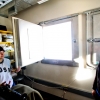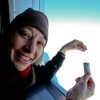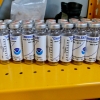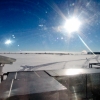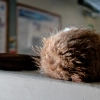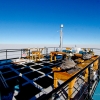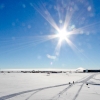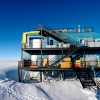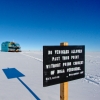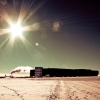CHAPTER 24
Considering it is so cold all of the time at the South Pole, it seems counterintuitive that this is where the world was first clued in to the reality of global warming and its causes. Ever since the US Navy established the first base here at the Pole in 1957, they have been diligently collecting air samples and measuring atmospheric conditions. What they discovered over the last 50 odd years is that CO2 levels at the South Pole have been steadily rising. This is significant because the air over the Pole is the most pristine in the world- it is shielded from pollution and contamination by its remoteness and the southern jet stream that circles the continent acting like a barrier. The Pole is essentially protected from manmade effects, that are locally produced and locally felt, in other parts of the world. What this means is that the air at the pole can be used as a global base line and a barometer for the health of the atmosphere on a global scale. If CO2levels have been rising at the Pole, CO2 levels have been rising worldwide.
Nowadays, any 3rd grader could tell you this little fact, but back in the 70’s global warming was a very new theory, and the idea that the actions of man were behind it wasn’t even a topic yet, let alone the hotly debated issue it has become. The steady and continuous measurements of the CO2 levels in the atmosphere at the South Pole were the instigator for this debate and in retrospect, were the starting of humanities enlightenment to the reality of global warming.
The National Oceanic and Atmospheric Association, NOAA, has taken over the responsibility of keeping an eye on the atmosphere here at the Pole, and they currently conduct their research in yet another moon-base-esk elevated laboratory called ARO (Atmospheric Research Observatory). The ARO lab is located about half a kilometer from the main station, but in a different direction than the telescopes over in the Dark Sector. No, ARO is all by it’s lonely self in an area upwind of the rest of the station called the Clean Air Sector- so designated because the katabatic wind blowing from the center of the continent always (90% of the time) comes from the same direction and is absolutely uncontaminated by man. Indeed, no vehicles or even planes are allowed to operate upwind of the station in the Clean Air Sector to ensure that even our small amount of emissions at the base don’t interfere with the atmospheric measurements taking place at ARO.
Kacey and I were afforded a tour of ARO one nice sunny day and came to understand two things: 1.) atmospheric scientists are a nice bunch of people, and 2.) they must have an incredibly resilient spirit to cope with the monotonous tedium of constantly taking the exact same measurements all day, every day, forever. The tour was brief, but informative, and at the end, Kacey and I even got to take our own air samples by leaning out the window and capturing some of the incoming katabatic wind in a small glass vial.
Prev ChapterNext Chapter

